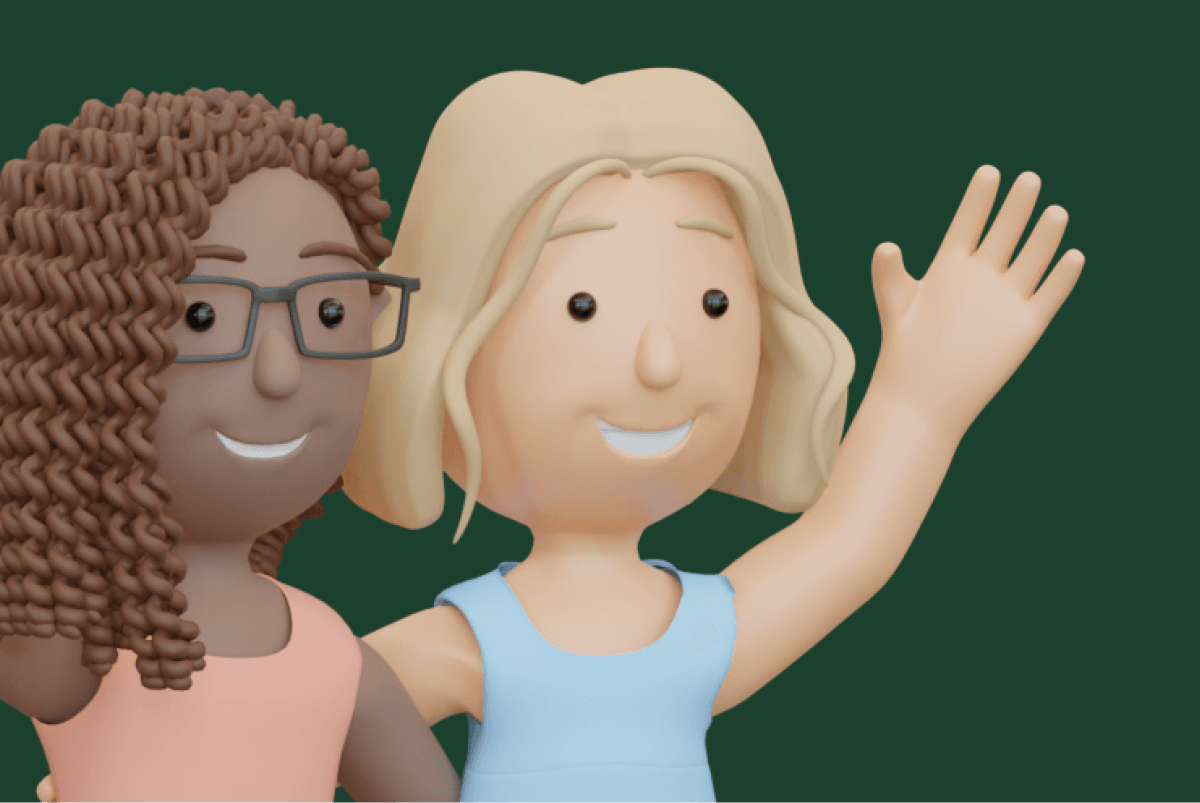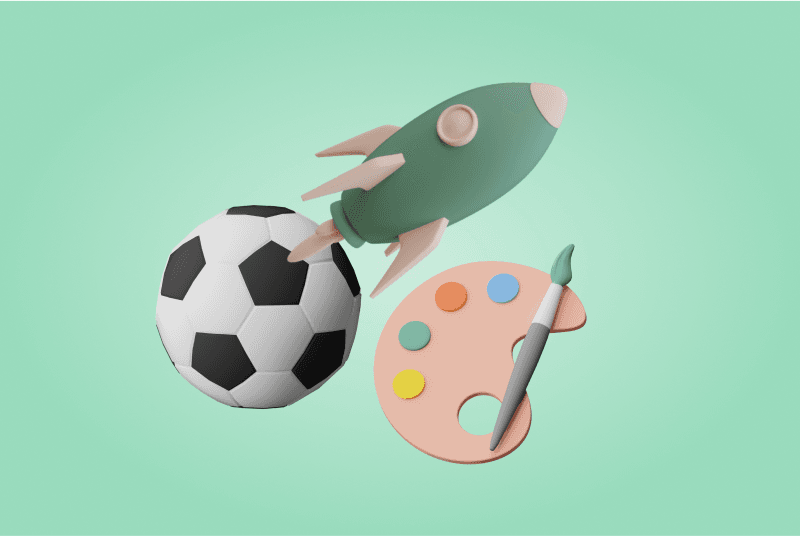6 Effective Ways to Use Journaling In Breakup Healing
We have many uses for a smile. We smile genuinely when we are amused by something or when we are comfortable with someone, but we also smile in uncomfortable situations when we are scared, nervous, or surprised. That a smile is seemingly not appropriate to the situation does not mean that it is not sincere, because there are many reasons for smiling other than happiness. But have you noticed that sometimes someone smiles at you and it doesn't quite fit? People have a surprisingly good ability to tell a genuine smile from a fake one, and we'll tell you why.
The difference between genuine and fake
The difference lies in the different involvement of the facial muscles. One of the earliest researchers to explore smiles was French neurologist Duchenne. He observed that genuine smiles are characterized by the contraction of two specific facial muscles, the zygomatic major (between the corner of the mouth and cheekbone) and orbicularis oculi (in the corners of the eyes). While the first one we can control by will, the second one we can't. This is why fake smiles tend to involve only the contraction of the zygomatic major muscle, which does not produce wrinkles around the eyes.
A psychologist Ekman followed up Duchenne’s research. He decided to call a smile that arises from true enjoyment and is characterized by the contraction of both muscles after Duchenne. Today, the Duchenne smile remains an important concept in the study of human emotions and facial expressions.
Don’t jump into conclusions
Despite these findings, it is important to note that there is still much we do not know about how people convey their emotions through facial expressions. Researchers are continuing to study the complexities of facial expressions, such as how different muscles work together to produce different expressions and how cultural differences can affect how emotions are expressed.
In conclusion, while we may be able to recognize genuine smiles to some extent, detecting fake smiles is a more complex task. Further research is needed to better understand how people convey their emotions through facial expressions and what factors can influence our ability to perceive them accurately.
This text was written by our mental health expert. In addition to her expertise, we have used the following resources:
Ekman, P., Davidson, R. J., & Friesen, W. V. (1990). The Duchenne smile: Emotional expression and brain physiology: II. Journal of personality and social psychology, 58(2), 342.



